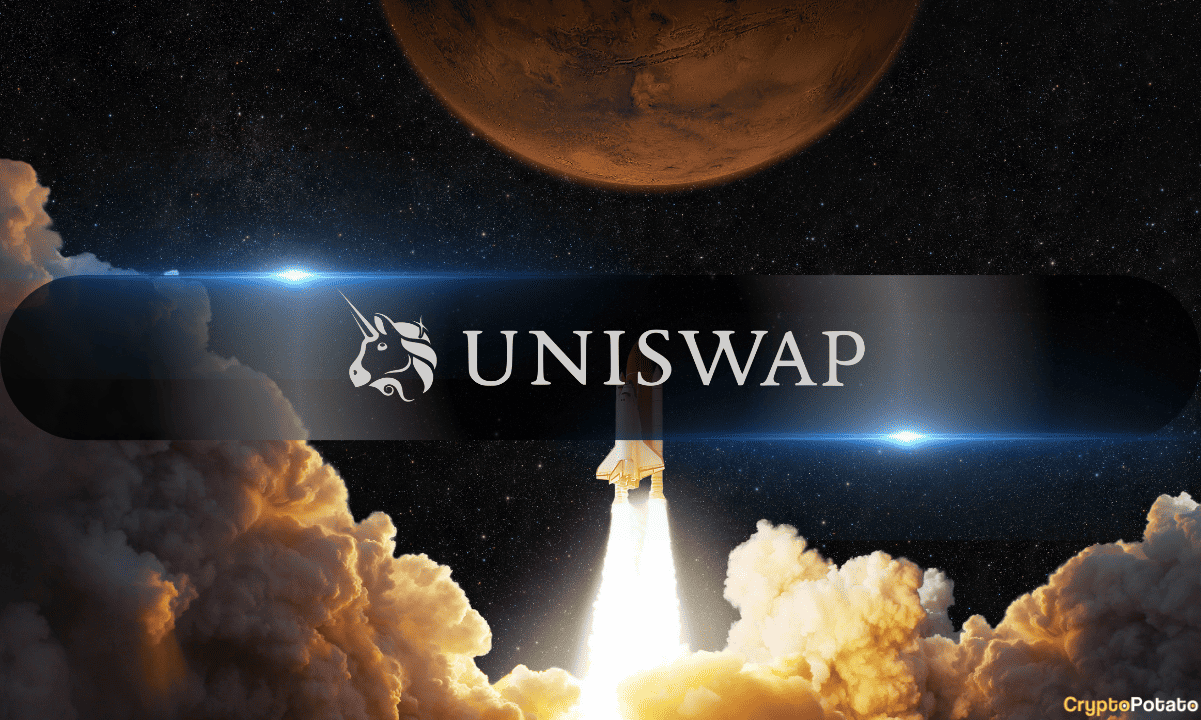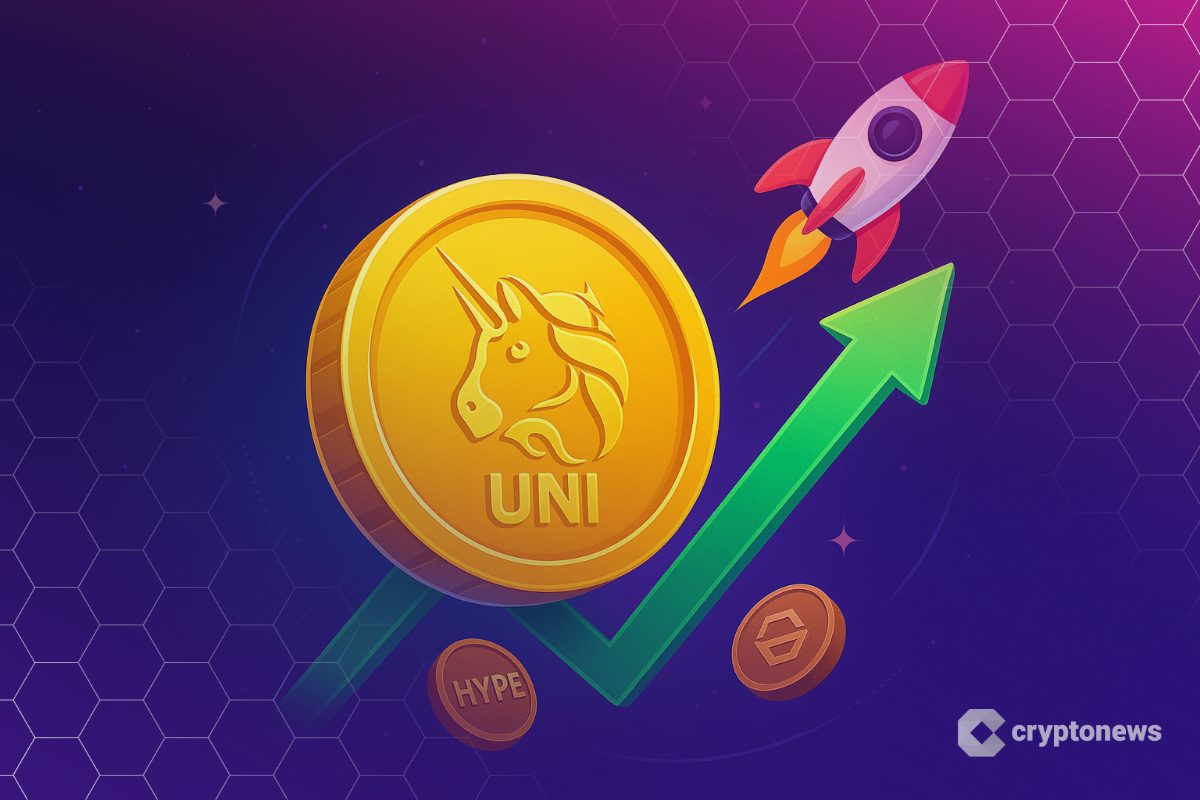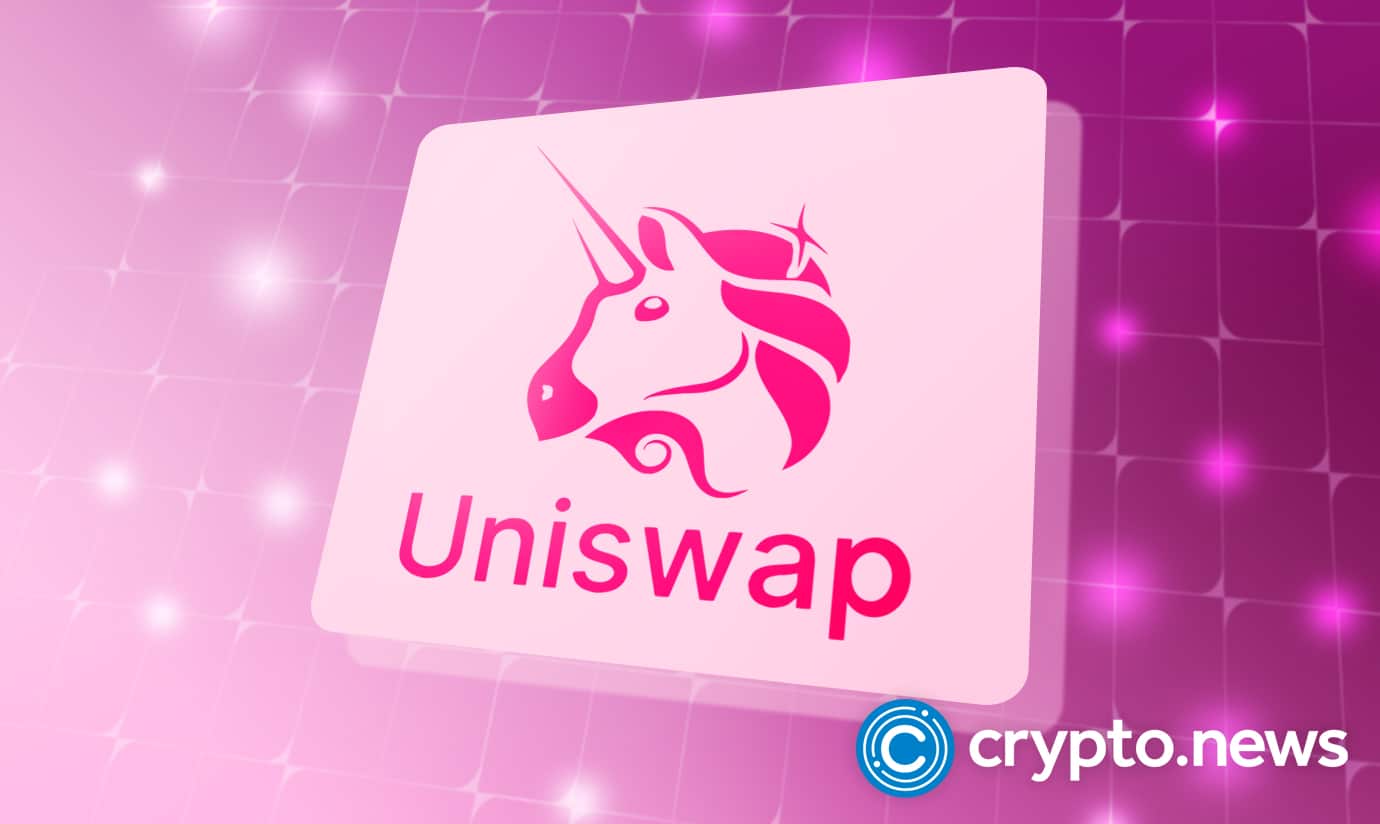Uniswap’s governance token, UNI, jumped more than 35% in 24 hours after founder Hayden Adams unveiled a sweeping governance proposal on November 11, introducing a long-awaited “fee switch” that would redirect a portion of trading fees toward burning UNI tokens. The move, dubbed “UNIfication,” could reshape Uniswap’s economic model and mark a turning point for decentralized finance protocols seeking sustainable token value. A New Chapter for Uniswap For years, a fee switch that would share protocol revenue with UNI holders has been a central topic of debate in the Uniswap community, but it was stalled due to regulatory concerns. Adams stated in an X post that a “hostile regulatory environment” had previously prevented Uniswap Labs from engaging deeply in governance. The core of the plan, according to Adams, involves turning on protocol fees, which would then be used to buy and permanently destroy, or burn, UNI tokens, creating a deflationary pressure on the cryptocurrency’s supply. Additional measures include sending fees from the Uniswap-based blockchain, Unichain, to the same burn mechanism and immediately burning 100 million UNI from the project’s treasury. Adams framed this as a move to “align incentives across the Uniswap ecosystem” and position the protocol as the leading global decentralized exchange. The market response was immediate and forceful. The UNI price moved from around $6.70 to a peak just under $10 per CoinGecko data, with trading volume exploding to over $3 billion. The jump also saw the asset gain at least 74% over the last seven days, outpacing the broader crypto market, which saw only a 6% increase in the same period. Community and Analyst Outlook The proposal has also generated lots of discussion and analysis across the crypto community. Market watchers were quick to model the potential impact, with CryptoQuant CEO Ki Young Ju predicting that “Uniswap could go parabolic.” Based on past trading volume, he projected the fee mechanism could facilitate around $500 million in annual token burns, arguing that this could create a “supply shock,” especially with a large amount of UNI still held on exchanges. MegaETH Labs member “BREAD” provided more detailed calculations, which suggested the fee switch could generate roughly $38 million in monthly buybacks, placing UNI ahead of other popular tokens with similar mechanics. While some traders questioned if the positive news was already reflected in the price, BREAD noted the proposal adds extra value through sequencer fees and a massive one-time treasury burn, suggesting the market may still be processing the full implications. The sentiment marks a sharp turnaround from earlier in the year. In August, Bitwise CIO Matt Hougan stated that Uniswap was “undervalued” at a time it boasted a $6 billion market cap. The protocol has also faced challenges, including governance centralization concerns highlighted in an arXiv research paper from October, which found voting power was concentrated among a small group of large holders. However, the new proposal, which includes a contractual agreement ensuring Uniswap Labs’s work is in lockstep with governance interests, appears designed to address such criticisms. The post UNI Token Soars 35% Following Fee Switch Proposal appeared first on CryptoPotato.

More Headlines

Uniswap Could Go Parabolic With Fee Switch Activation, Says CryptoQuant CEO
CryptoNews.com
[LIVE] Crypto News Today, November 11 – Bitcoin Price USD Holds $105K as Traders Await Monad Launch and UNI Surges 50%: Best New Presale to Buy?
99bitcoins

Uniswap Launches a New Era with Bold Moves
BitRSS

Uniswap’s UNIfication Plan Targets 100 Million UNI Burn to Boost Value
BitRSS

New Uniswap Proposal Outlines Fee Activation, UNI Burns, and Governance Overhaul
BitRSS

Uniswap moves to cut UNI supply in new governance proposal
Crypto.News
